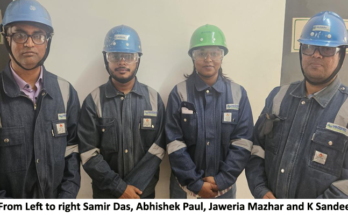 JNS / New Delhi: India successfully test-fired the Hypersonic Technology Demonstrator Vehicle (HSTDV) on Monday. The test was conducted at 11.03 am from Dr. A P J Abdul Kalam Launch Complex at Wheeler Island, off Odisha’s coast; the vehicle used the Agni missile booster.
JNS / New Delhi: India successfully test-fired the Hypersonic Technology Demonstrator Vehicle (HSTDV) on Monday. The test was conducted at 11.03 am from Dr. A P J Abdul Kalam Launch Complex at Wheeler Island, off Odisha’s coast; the vehicle used the Agni missile booster.
After this successful test, India becomes the fourth country in the world after the US, China and Russia to develop and test the technology that will pave the way for missiles that will travel at six times the speed of sound.
“India will be making its first hypersonic missile in the next five years,” sources said.
In a statement, Defence Research and Development Organisation (DRDO), said it has demonstrated capabilities for highly complex technology that will serve as the building block for NextGen Hypersonic vehicles in partnership with the industry.
The DRDO statement said the cruise vehicle was launched using a proven solid rocket motor, which took it to an altitude of 30 km, where the aerodynamic heat shields were separated at hypersonic Mach number.
The cruise vehicle was separated from the launch vehicle, and the air intake opened as planned.
Defence sources said the hypersonic combustion sustained, and the cruise vehicle continued on its desired flight path at a velocity of six times the speed of sound, which is nearly 2 km, for more than 20 seconds.
The critical events like fuel injection and auto ignition of scramjet demonstrated technological maturity, adding that the scramjet engine was performed in a textbook manner.
The parameters of launch and cruise vehicles, including the scramjet engine, were monitored by multiple tracking radars, electro-optical systems and telemetry stations.
“The scramjet engine worked at high dynamic pressure and at very high temperature. Ship was also deployed in the Bay of Bengal to monitor the performance during the cruise phase of hypersonic vehicles. All the performance parameters have indicated a resounding success of the mission,” a DRDO official said.
With this successful demonstration, many critical technologies such as aerodynamic configuration for hypersonic manoeuvers use scramjet propulsion for ignition and sustained combustion at hypersonic flow, thermo-structural characterisation of high-temperature materials, separation mechanism at hypersonic velocities, among others, were successfully tested.




